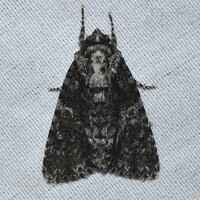
| Recorded by: Jeff Niznik, David George on 2025-08-29
Moore Co.
Comment: | 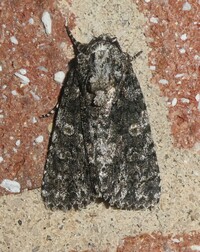
| Recorded by: Simpson Eason on 2025-08-24
Durham Co.
Comment: |
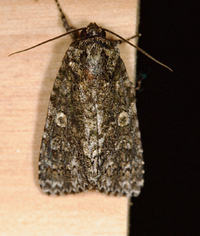
| Recorded by: Jim Petranka, Marilyn Westphal and Becky Elkin on 2025-08-17
Henderson Co.
Comment: | 
| Recorded by: R. Teper, David George, P. Coin, K. Bischof on 2025-08-15
Transylvania Co.
Comment: |

| Recorded by: Mark Basinger on 2025-07-25
Brunswick Co.
Comment: | 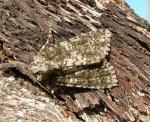
| Recorded by: R. Newman on 2025-07-25
Carteret Co.
Comment: |
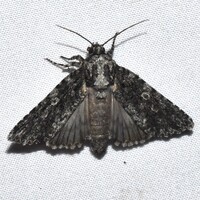
| Recorded by: Jeff Niznik, David George, Rob Van Epps, Kevin Metcalf on 2025-07-20
Richmond Co.
Comment: | 
| Recorded by: Simpson Eason on 2025-07-12
Durham Co.
Comment: |

| Recorded by: Mark Basinger on 2025-07-08
Brunswick Co.
Comment: | 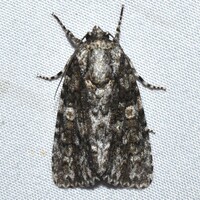
| Recorded by: Jeff Niznik, David George, Larry Chen, Sarah Toner, Joye Zhou on 2025-06-20
Richmond Co.
Comment: |

| Recorded by: Simpson Eason on 2025-05-17
Durham Co.
Comment: | 
| Recorded by: Mark Basinger and Miles Buddy on 2025-04-26
Brunswick Co.
Comment: |

| Recorded by: David George, Jeff Niznik on 2025-04-05
Chatham Co.
Comment: | 
| Recorded by: Mark Basinger on 2025-03-29
Brunswick Co.
Comment: |

| Recorded by: Mark Basinger on 2025-03-28
Brunswick Co.
Comment: | 
| Recorded by: Mark Basinger on 2025-03-27
Brunswick Co.
Comment: |
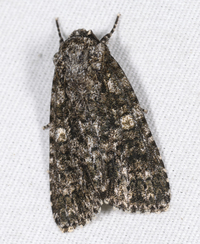
| Recorded by: John Petranka on 2024-09-14
Orange Co.
Comment: | 
| Recorded by: Owen McConnell on 2024-08-13
Graham Co.
Comment: |
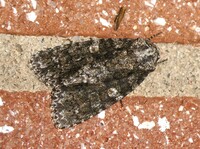
| Recorded by: Simpson Eason on 2024-07-31
Durham Co.
Comment: | 
| Recorded by: Mark Basinger on 2024-07-15
Brunswick Co.
Comment: |
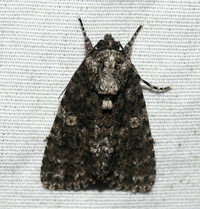
| Recorded by: David George on 2024-07-15
Chatham Co.
Comment: | 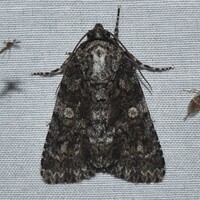
| Recorded by: Jeff Niznik on 2024-07-14
Watauga Co.
Comment: |
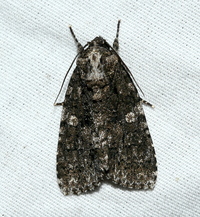
| Recorded by: David George, Jeff Niznik, Stephen Dunn on 2024-06-29
Chatham Co.
Comment: | 
| Recorded by: Mark Basinger on 2024-06-24
Yancey Co.
Comment: |
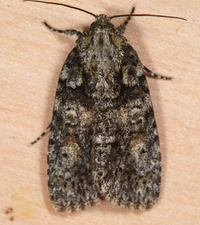
| Recorded by: Jim Petranka and Becky Elkin on 2024-06-03
Madison Co.
Comment: | 
| Recorded by: David George, Jeff Nizink, Rich Teper on 2024-05-16
New Hanover Co.
Comment: |
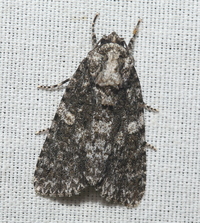
| Recorded by: David George, Rich Teper on 2024-05-13
Chatham Co.
Comment: | 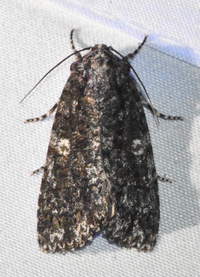
| Recorded by: Emily Stanley on 2024-05-10
Buncombe Co.
Comment: |
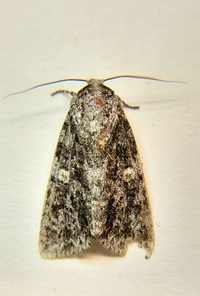
| Recorded by: Mark Basinger on 2024-05-09
Wilson Co.
Comment: | 
| Recorded by: David George, Jeff Niznik, Rich Teper on 2024-04-17
New Hanover Co.
Comment: |
|

 »
»
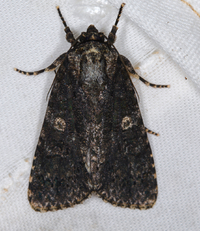


 »
»

